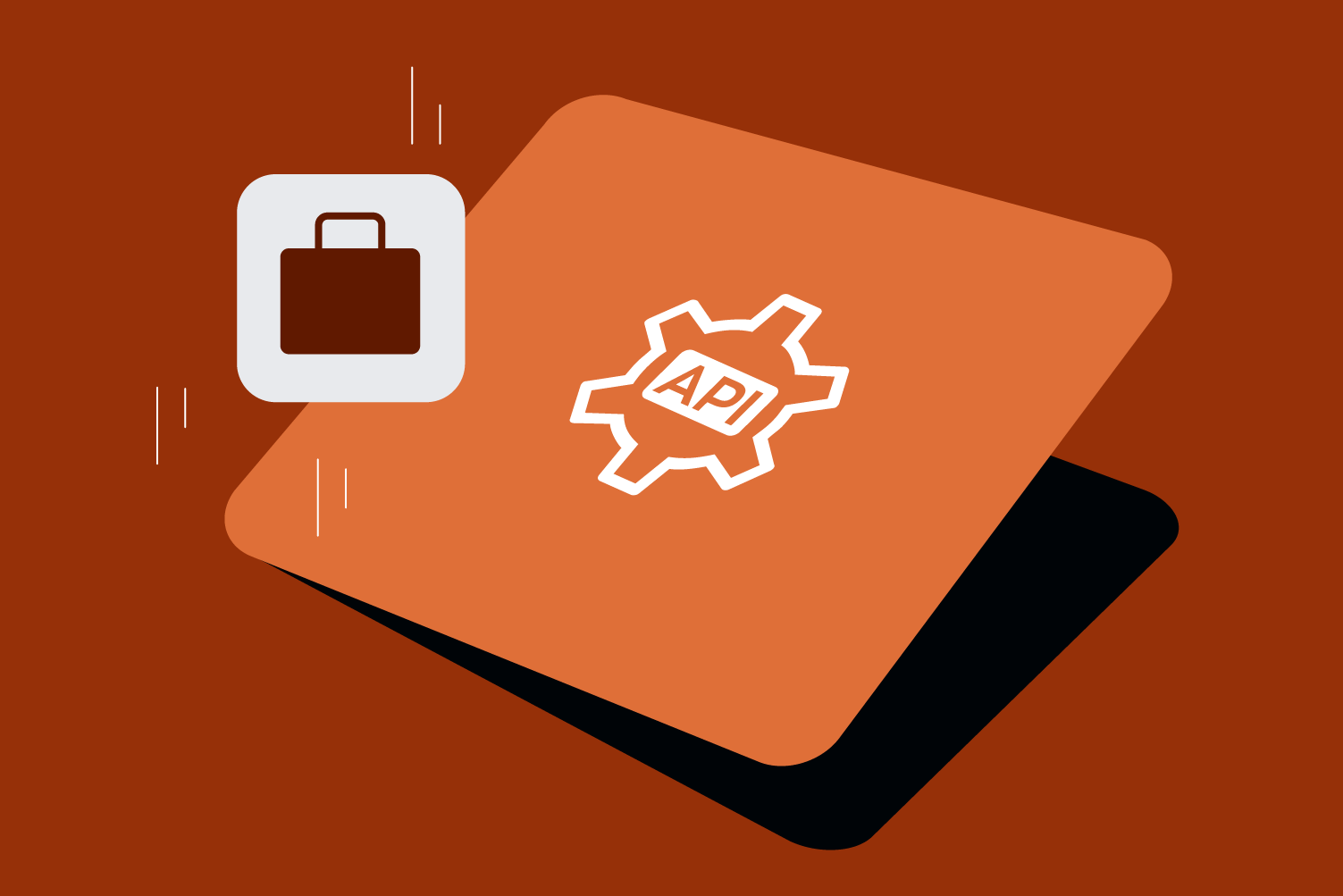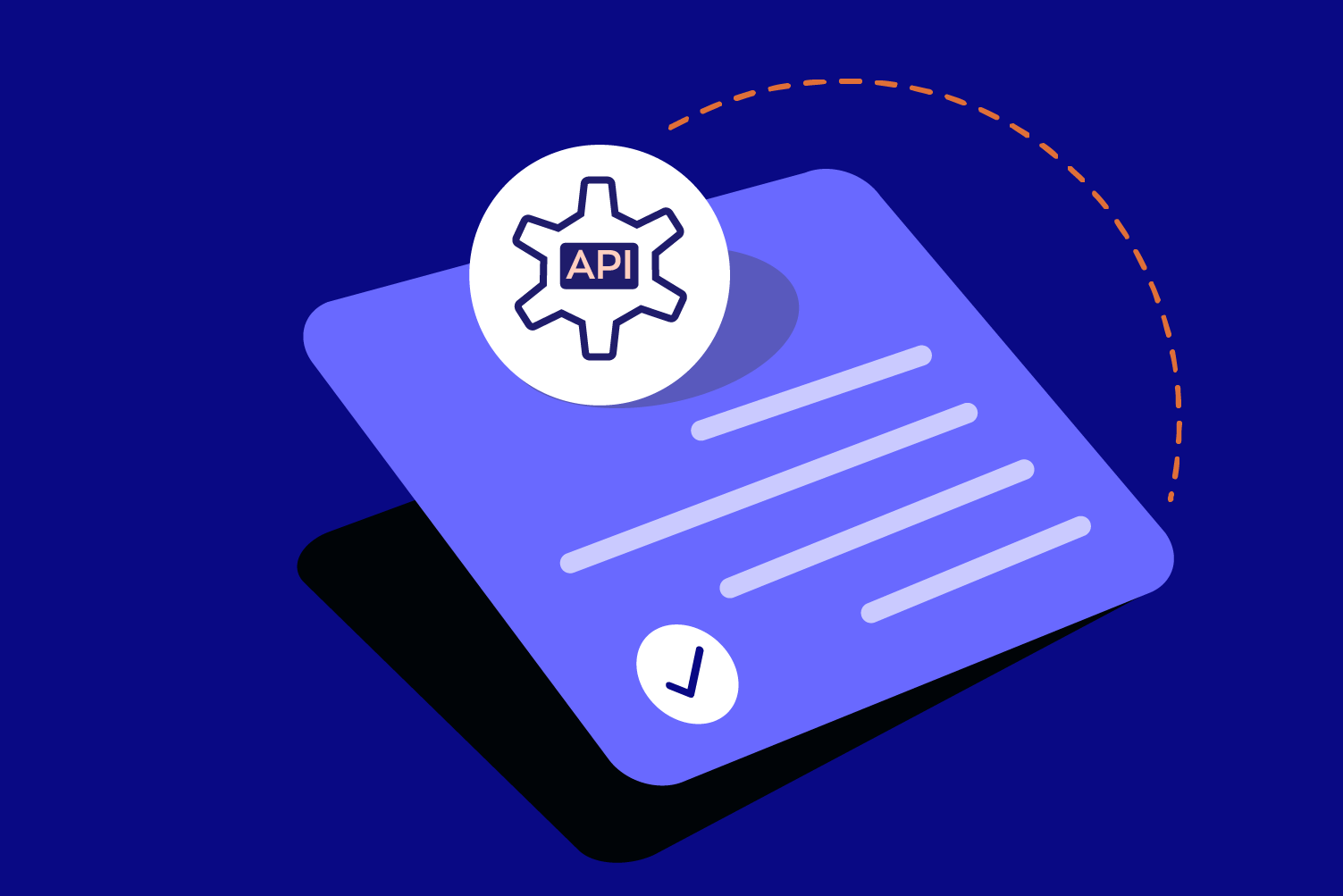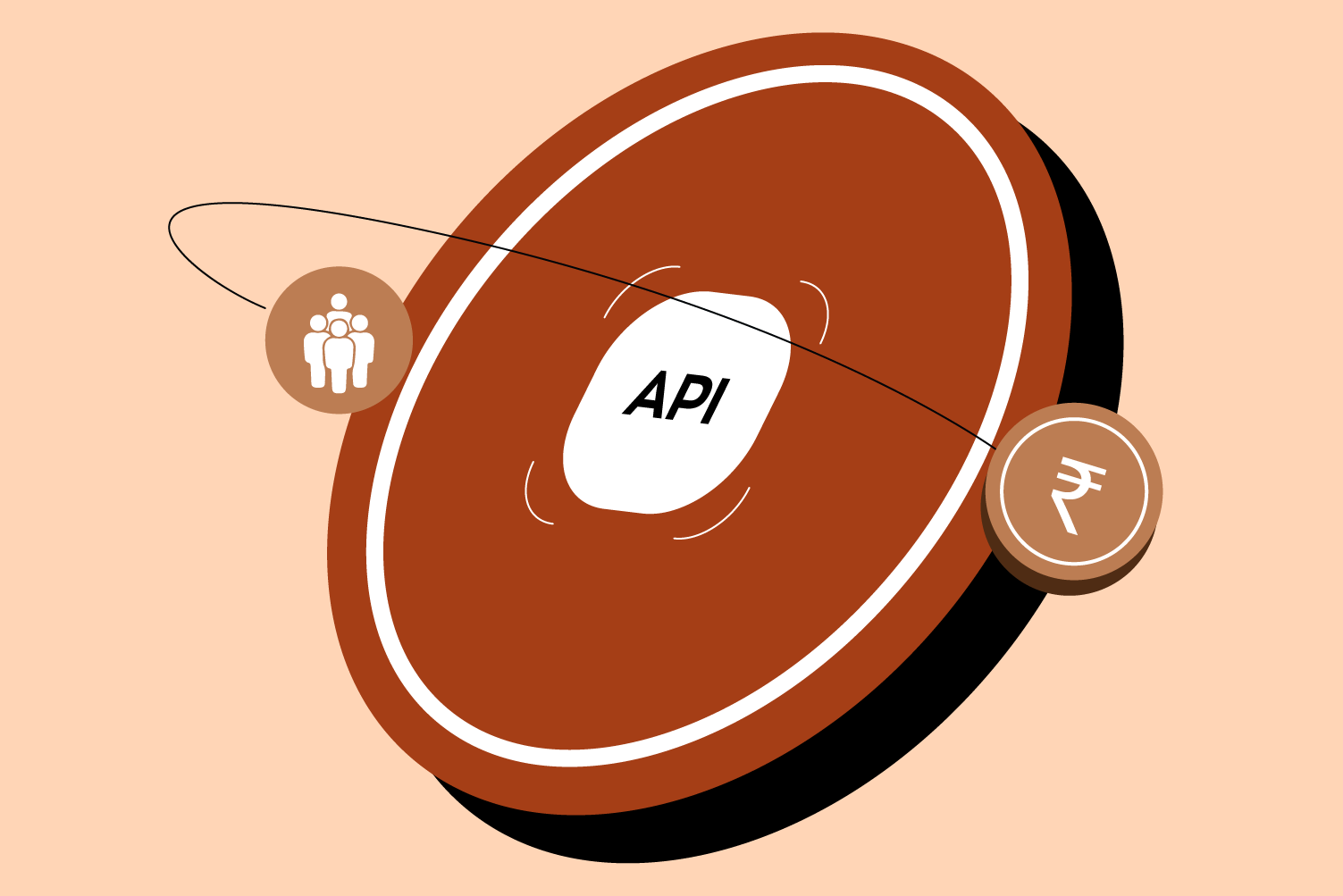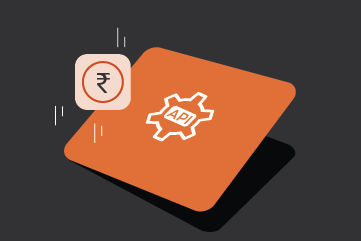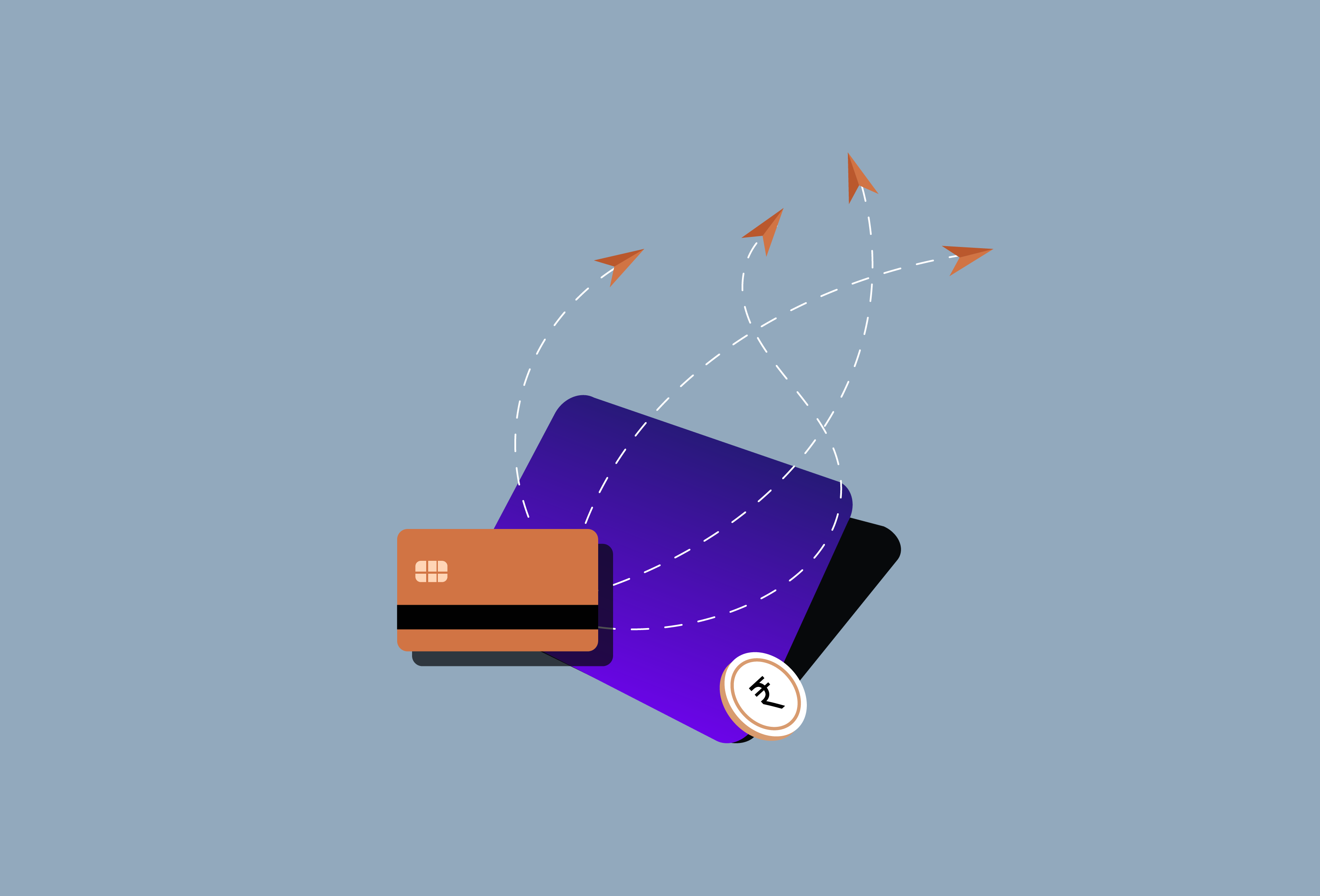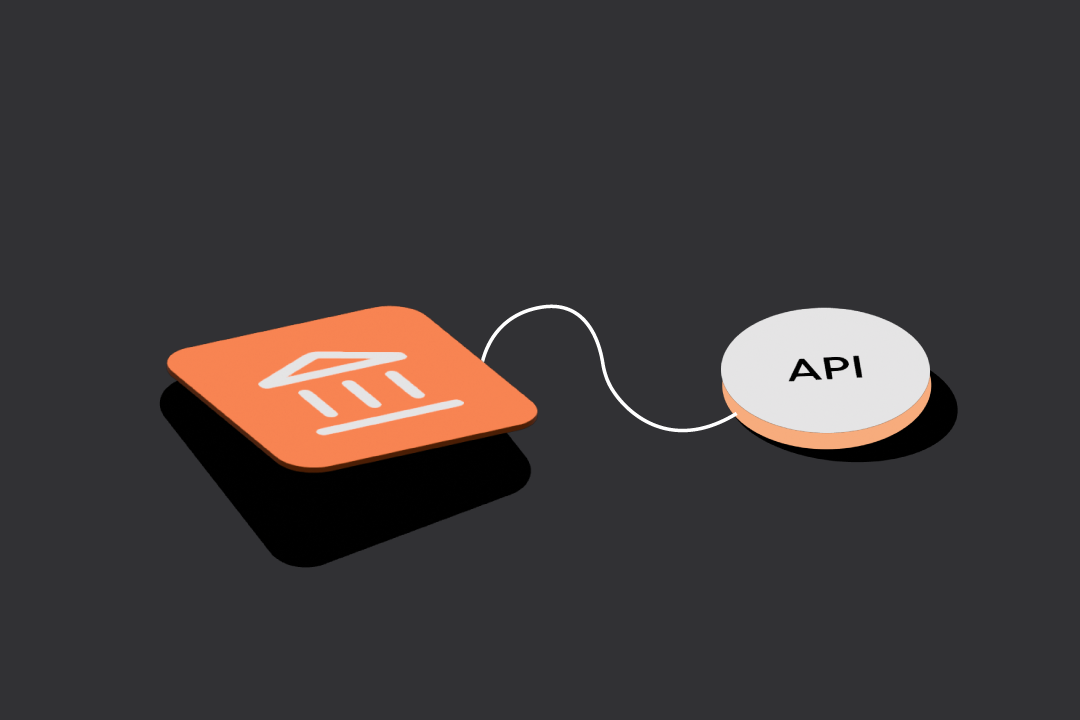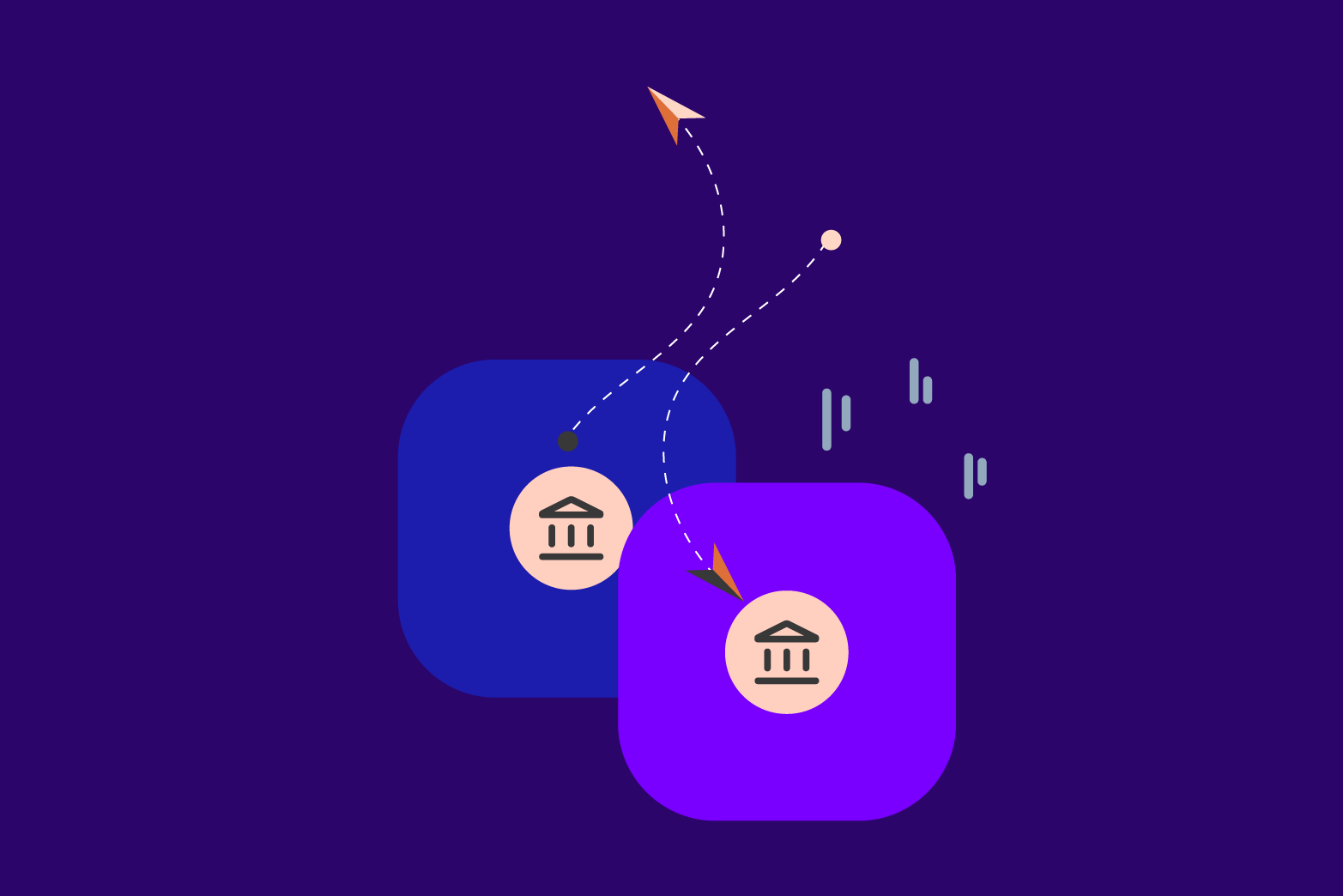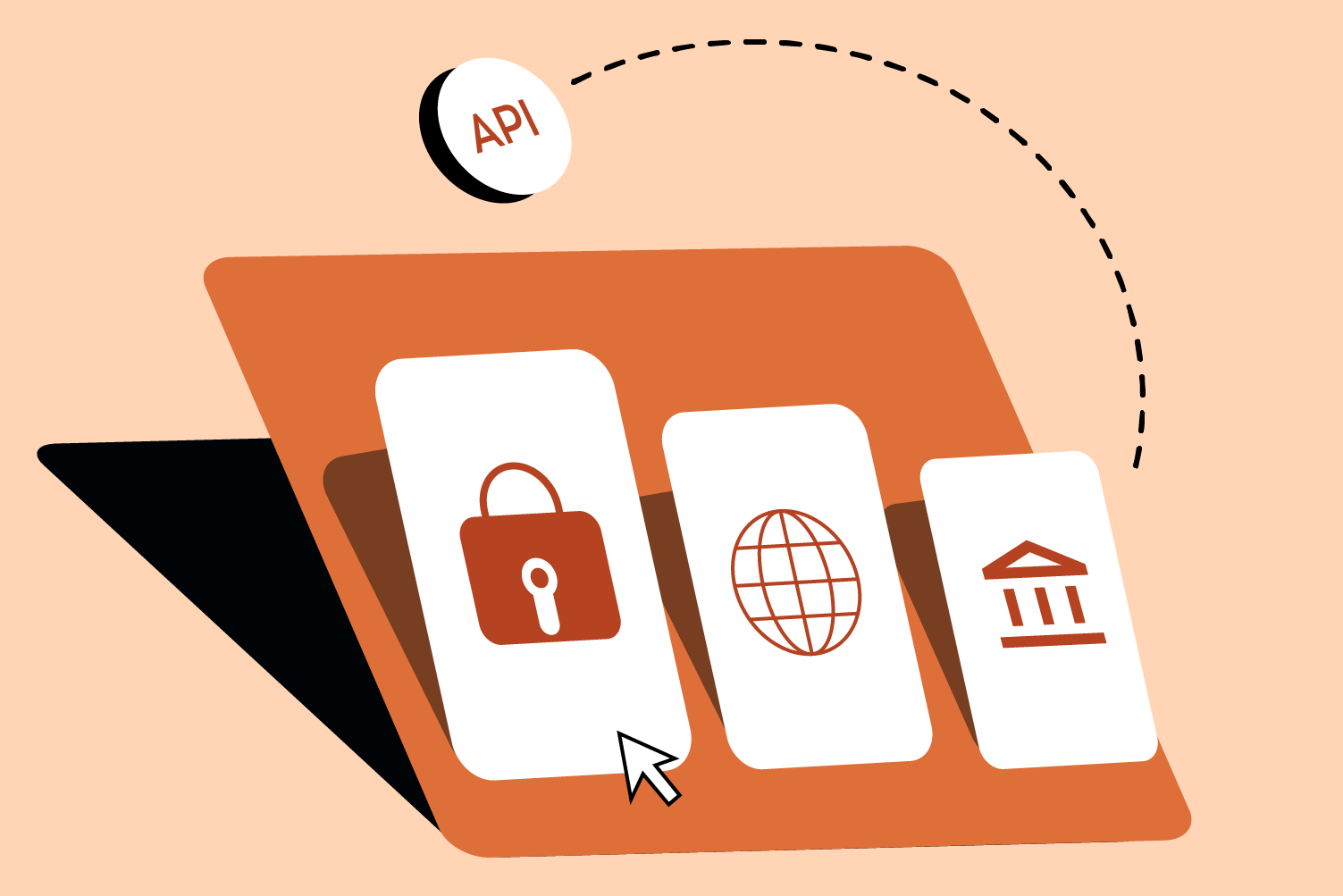In the last chapter, we discussed different API banking models. This chapter will cover some of the popular banking APIs and their usage. Let’s jump into it right away.
Types Of Banking APIs
Banking APIs connect financial institutions with other systems and platforms. They come in various forms—
- Private APIs
- Partner APIs
- Open APIs
Now that we know what they are called, let’s see what they are.
Private API
Private APIs are commonly used within traditional banking institutions to enhance the efficiency of operations. These are internal application programming interfaces developed and maintained by a bank or financial institution. The organization uses them exclusively to enable secure communication and integration between internal systems, services, or applications. Banks consider these APIs essential because they significantly reduce the development time to build new systems or new customer-facing apps that maximize productivity. Rather than creating applications from scratch, developers can draw from a shared pool of Private APIs.
Partner API
Partner APIs are used as an interface between banks and their strategic business partners to expand banks’ product lines, services, etc. Let us understand with an example –
Say, a bank wants to work with a third-party company (a strategic business partner) to automatically create loan documents for the numerous loan applications that banks receive. Banks can collaborate with partners to solve a common problem by just sharing APIs with them. This would increase banks’ efficiency and allow them to automate the loan documentation process. Partner APIs enable banks to pick and choose players they would like to give exclusive access to these APIs.
Open API
Open APIs have become quite famous in the banking industry. These APIs make data available for third parties that may not have a formal relationship with banks. The whole Open banking initiative was to add more to the list of Open APIs due to customers’ desire for better digital banking solutions on their favourite applications.
Because of their potential, APIs can be implemented in several places, and companies from the fintech or IT industries are at the forefront of these implementations.
Banking APIs Categories- By Functionalities
Apart from the classification discussed above, the banking APIs are divided into several categories based on their functionalities—
- Acquiring API
- Core banking API
- KYC API
- Lending API
- Card Issuance API
Acquiring APIs:
Acquiring APIs involves a financial institution or third-party provider processing transactions on behalf of merchants, allowing them to accept payments from cardholders. Acquiring APIs includes payment gateway APIs and online card-acquiring APIs. Online card-acquiring APIs enable companies to accept payments using cards or internet banking.
Core banking API:
Core Banking APIs allow third-party applications, platforms, or financial institutions to interact with a bank’s core systems. They include those used to create savings accounts, make cash deposits, and process cross-border payments.
KYC APIs:
KYC APIs (Know Your Customer APIs) help businesses verify the identity of their customers digitally, ensuring compliance with regulatory standards like RBI, SEBI, or international guidelines such as AML (Anti-Money Laundering) and FATF. They are essential for banks, NBFCs, fintechs, crypto platforms, and any service onboarding users in a regulated environment. This set of APIs helps identify a business or retail customer. It will also reduce customer onboarding time, making the process automated and seamless.
Lending API:
Lending APIs enable businesses, such as fintech, NBFCs, neo-banks, and embedded finance platforms, to offer digital lending products efficiently and compliantly. These APIs cover the entire loan lifecycle—from onboarding and underwriting to disbursal and repayment—and provide all the information that loan officers require to make lending decisions.
Card Issuance API:
Card Issuance APIs allow fintechs, neo-banks, NBFCs, and platforms to issue and manage debit, credit, prepaid, or virtual cards—without building banking infrastructure from scratch. Card processors, BIN sponsors, or Banking-as-a-Service (BaaS) providers offer these APIs.
These are the popular categories of banking APIs for building next-gen fintech products & services.
But we don’t want to leave you on the shore where you’ll just keep counting the waves. So let’s dive deeper into the ocean of APIs and examine how these APIs are helping us solve real customer problems.
Read our next chapter on Acquiring APIs from here.


